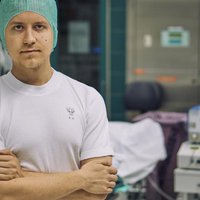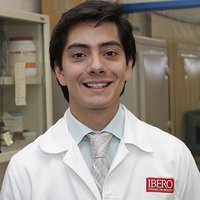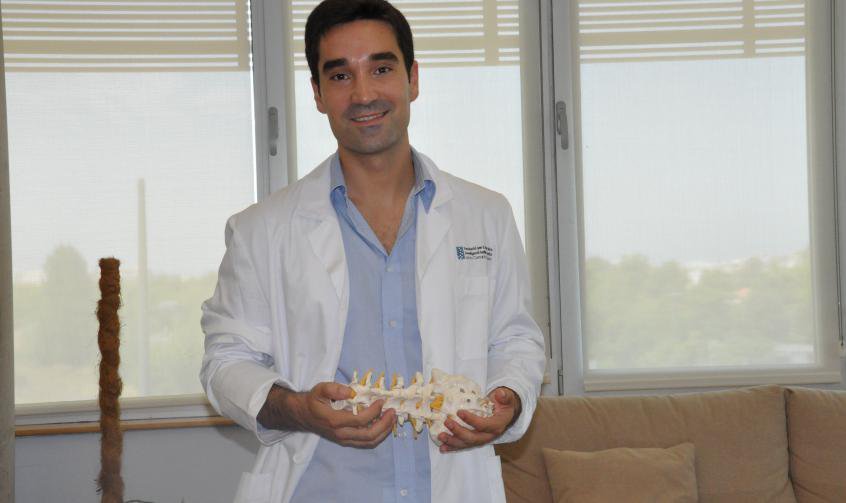Epidurals are a medical advancement which allows patients to painlessly undergo procedures like giving birth and certain operations. But despite the revolution spurred by its discovery, epidurals can carry serious side effects when applied incorrectly. The Spanish anesthesiologist Carles García was frequently witness to the suffering of patients affected by postdural-punture headaches (PDPH), which tend to last between five and seven days and be accompanied by nausea and vomiting, rigidity in the neck and visual and auditory alterations, according to the International Headache Society.
These side effects occur when the anesthesiologist accidentally ruptures the patient´s dura mater, one of the meninges that covers the spinal cord. Once ruptured, there is no safe and effective system which enables doctors to repair the tear and prevent the patient´s spinal fluid from leaking out. Based on his experience, García estimates that approximately 2% of epidurals administered annually lead to such complications. While that may seem like a small percentage, it could add up to one million patients each year. To prevent these debilitating complications, this young doctor has developed a medical device which can repair the ruptured dura mater in just 30 seconds and prevent PDPH. Thanks to this breakthrough, García has been selected as one of MIT Technology Review, Spanish edition´s Innovators Under 35 Europe 2017.
And thus Duralock was born, an "easy to use" medical kit, boasts its creator. "Using the same needle used to apply the initial spinal tap, we introduce an implant in the internal cavity of the dura mater which we later manipulate from the outside using a suture thread". The complete Duralock kit includes a pushing tool used to position the implant and a safety feature which prevents the patch from shifting.
One of García´s main challenges has been identifying the right safety mechanisms to guarantee the patch remains in place in order to avoid harming the patient. The young doctor recalls: "We spent almost a year thinking about how to prevent the patch from migrating towards the brain, without adding too much complexity to the device." Finally, they hit on a solution: barbed suture thread, used previously mainly by plastic surgeons which contain tiny grooves which prevent the implants from shifting. García explains: "It´s the easiest and simplest way we have found to avoid the migration, according to the tests we have performed, and I am very proud of it. It is not only important that we have managed to repair tears but also that our parch stays in place and does not pose a risk to patients."
After performing initial tests in vitro with swine membranes and filing a patent application, Carles and his team plan to launch in vivo trials in 2018. According to the CEO of Hejka Capital Markets Group and jury member for the Innovators Under 35 Eurpoe 2017 awards, Ana Hejka, "García´s solution is novel, beneficial for innumerable patients and targets prevention for the root cause, not just sympton relief."
By Marta González Muñoz
Translation: Teresa Woods




